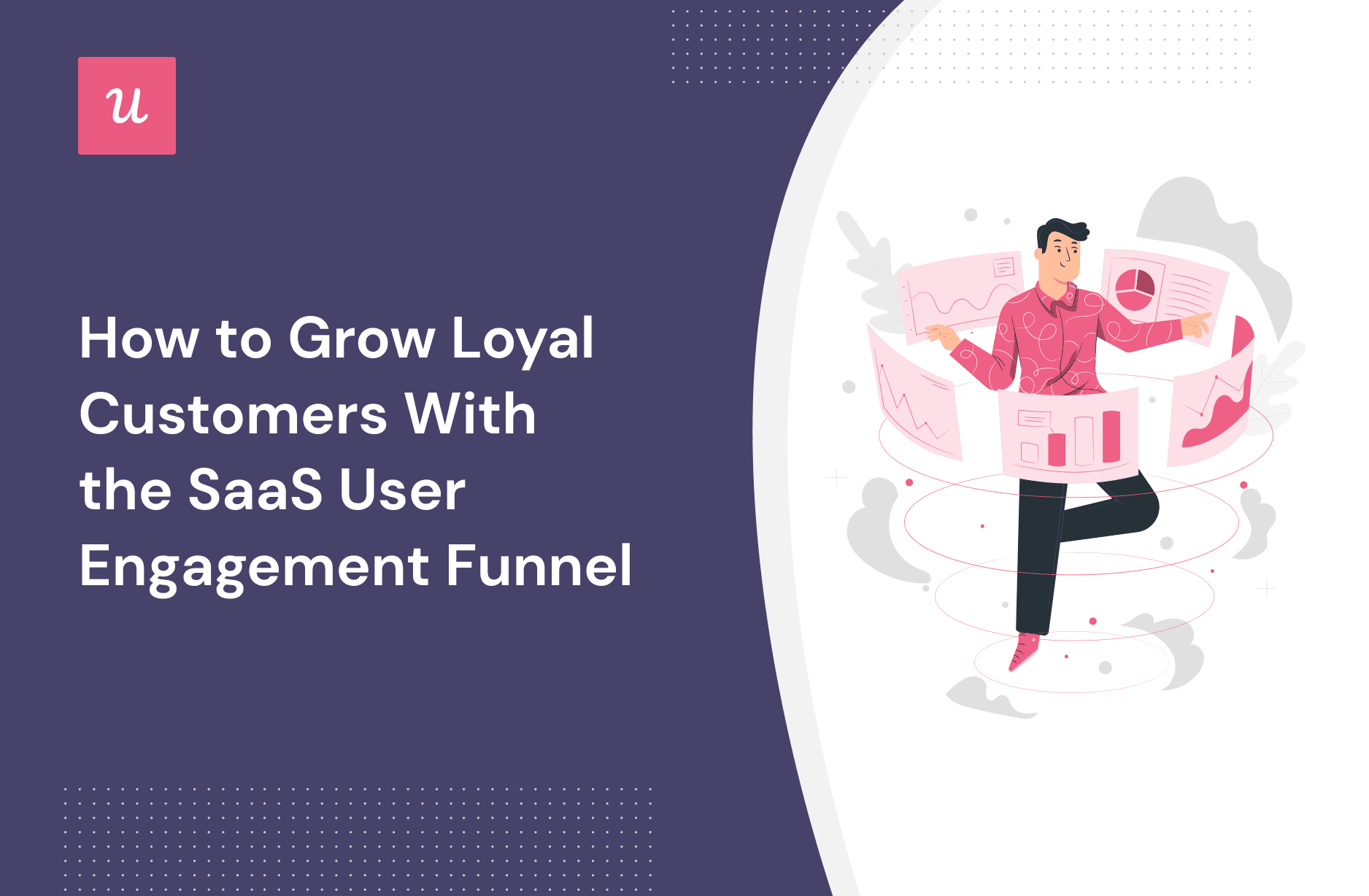
Can a user engagement funnel help you grow a loyal customer base and retain more active customers? User engagement takes all the best parts of existing funnels and applies relevant modern realities to them for better effect.
In this article, we’ll examine the engagement funnel closely and learn how it differs from existing funnels and how you can implement an effective one.
Try Userpilot Now
See Why 1,000+ Teams Choose Userpilot

Overview of a user engagement funnel for boosting customer loyalty
- User engagement refers to all the interactions between your business and its customers and potential customers.
- Effective user engagement improves your conversion rate, boosts customer loyalty and retention, and decreases churn.
- An engagement funnel is customer-focused. It begins with the first customer interaction and continues in-app past the activation point until the user becomes a brand advocate.
- On the other hand, the classic marketing funnel is more product-focused, while the sales funnel primarily aims to drive more conversions and not much else.
- To create your engagement funnel, you must first define your user persona (challenges, background, goals, etc.) and map the customer touchpoints along the user journey map.
- Next, you want to decide on the engagement strategies for each touchpoint, define your marketing goals and milestones, and test your funnel for weaknesses.
Some best practices for ensuring new users are fully engaged include:
- Create a friction-free sign-up process by keeping the sign-up page simple.
- Collect relevant customer data on the welcome screen and personalize their onboarding.
- Use onboarding checklists to engage users from the start.
- Use in-app educational materials and live webinars to help users increase value and troubleshoot problems.
- Tease and announce new features to generate excitement and boost feature adoption.
- Collect both qualitative and quantitative data to better understand your users.
- Book a Userpilot demo to learn how it helps you improve engagement and drive customer satisfaction.
What is user engagement?
User engagement or customer engagement refers to everything you do to nurture the relationship between your brand or company and its customers. It includes every interaction between you and the customer across all touchpoints in the customer lifecycle.
Why is user engagement important?
Engaged customers drive up your conversion rate. As customers engage more with your business, they value and adopt it more widely, making them more likely to convert from trial users to paying customers.
Beyond conversion, customer engagement transforms one-time buyers into repeat customers by appealing to them emotionally. These regular users are more likely to buy a higher plan, try a new product, or maintain an ongoing subscription.
Ultimately, good customer engagement practices drive customer retention and lower customer churn. A happy, loyal customer is also more likely to recommend your brand to others and leave public feedback.
What is an engagement funnel and where does it stand in the marketing funnel?
An engagement funnel begins from the first moment potential customers interact with your brand and continues in-app after they make the initial purchase.
Think of it as a model that determines how and where you communicate with your (target) customer. With increasingly more communication channels and competitors, brands who authentically interact with their audience at each stage of the buying journey will thrive.
The funnel captures in-app interactions that get the user to the Aha! moment and lead to their activation. Its goal is to create power users who actively use the product or service and serve as unofficial brand advocates.

Engagement funnel vs. traditional marketing funnel
The traditional marketing funnel was the holy grail for marketers worldwide for many years. However, while it remains theoretically solid, the world around it has evolved.
For instance, customer interactions are increasingly digitally driven. With more options at their disposal, customers expect brands to be more reachable and authentic.
Brands today are expected to actively interact and answer questions on multiple channels, provide solid customer education and instant support, etc.
So, where the classic marketing funnel succeeded by being product-focused, modern marketing is more customer-focused. The engagement funnel adopts a more customer-oriented approach, with more focus on customer interactions.
Engagement funnel vs. sales funnel
The sales funnel captures potential customers’ journey from when they first find your brand (awareness) to when they buy your product (conversion). Its primary purpose is to guide prospects from the top of the funnel until they convert.
The goal of the engagement funnel, however, is to turn new users into active customers and deliver constant engagement that drives customer loyalty. Although it also seeks to lay the foundations for more conversions, increasing the conversion rate isn’t its primary goal.
Instead, it continues long after new users sign up or trial users become paying users, following users up to the activation point and beyond. It engages users for as long as they remain customers.
Like the traditional marketing funnel, the role of the sales funnel has also been greatly altered in the wake of the internet, mobile technology, and social media. The engagement funnel is, thus, better equipped for the complex modern customer.
How to create an effective engagement funnel to grow your customer base
Although every SaaS business may differ in style, complexity and customer base, the process for creating an engagement funnel is similar across businesses.
Define your user persona
The starting point for any marketing efforts has to be the user persona definition. Before creating your customer engagement funnel, you must identify your target audience.
Ask yourself: Who are your target customers? Where do they work? What are their goals, pain points, challenges, and jobs to be done?
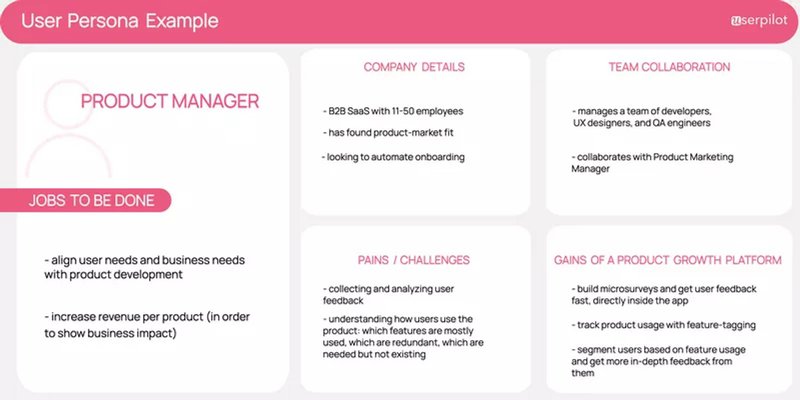
The answers to these questions will help you better understand your users, align your customer journey to their needs, and engage them appropriately.
Identify customer touchpoints and map your customer journey
Once you understand your ideal user(s), you can build your customer journey map. Create the journey map by envisioning and visualizing the user’s ideal path from product discovery to advocacy.
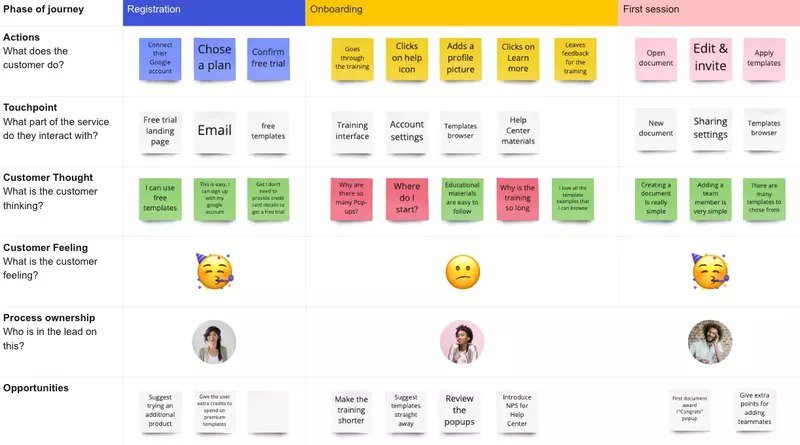
For each stage of the journey, determine and work on the customer touchpoints that will best drive engagement. Your goal here is to ensure your user successfully reaches the activation stage of the funnel and fully adopts your product.
Decide on engagement strategies to implement during customer touchpoints
You can implement various customer engagement strategies at every touchpoint in your buyer’s journey. Mostly, the ideal strategy will depend on the buyer’s journey stage.
For instance, hyper-personalization is important at the onboarding/activation stage as it enables you to know and serve each user. But it may not be enough.
You can further drill down with an onboarding playbook that defines the goals, outcomes, touchpoints, entry/exit points, and experiences of new users in order to guarantee their success.
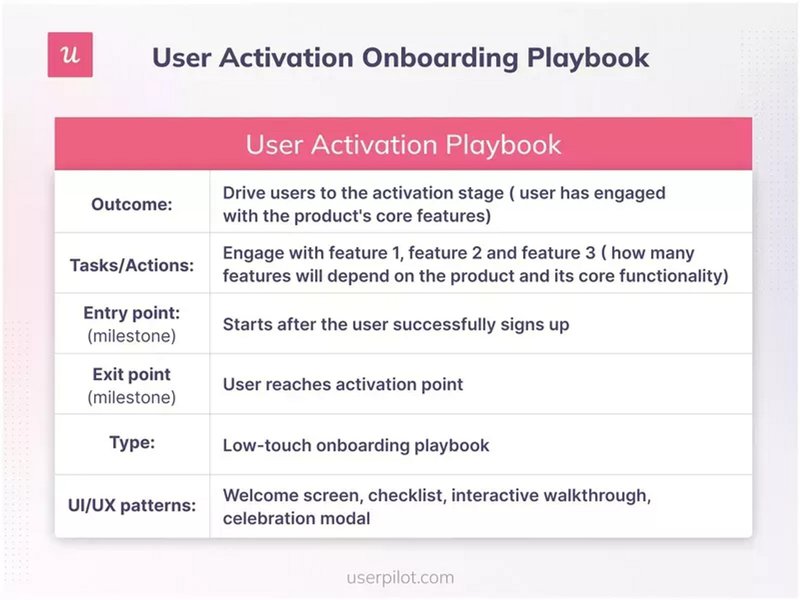
Set milestones
Goals and milestones help you track and measure the effectiveness of your funnel. They also help align your team behind common objectives.
So, ask yourself what you hope to achieve with your engagement efforts and break these down into product goals and marketing KPIs (Key Performance Indicators). Then, create progressive milestones around each goal or indicator.
For instance, you could translate your activation point into multiple trackable events or feature engagements. This will make it easier to create measurable and achievable goals.
To ensure your goals are effective, apply the SMART goal-setting framework to each goal you formulate.
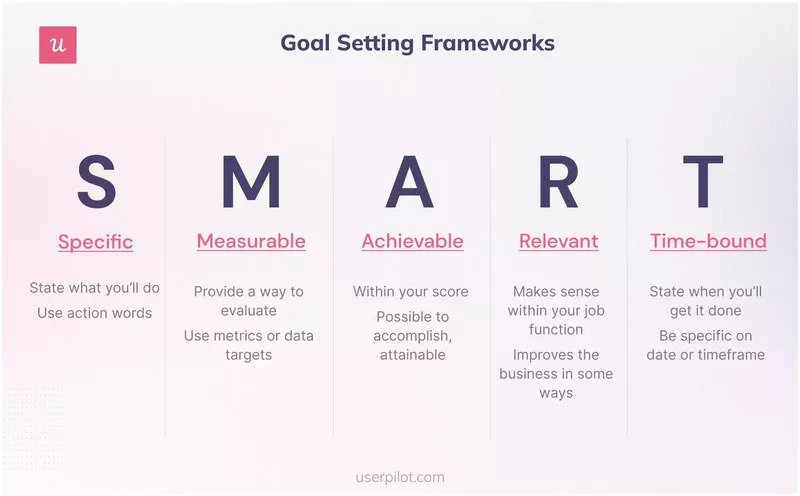
Best practices for getting new users through the engagement funnel
Not all engagement is good engagement. Consider a few practices that help ensure the most efficient and productive use of your time and resources while getting new users through your engagement funnel.
Create a frictionless sign-up process
Customers don’t need friction when they are starting to use your product. This is true of your sign-up process – whether the customer has just gone through your entire purchase process, or they’re trying out the product for free.
The sign-up page presents your first opportunity to engage with prospects on their way to becoming product users. Keep this page simple and friction-free to increase the sign-up conversion rate (the percentage of users that complete the process).
Request only absolutely relevant data from users trying to complete this process. You could further simplify the process by offering SSO with popular integrations like Google, Facebook, Twitter, etc.
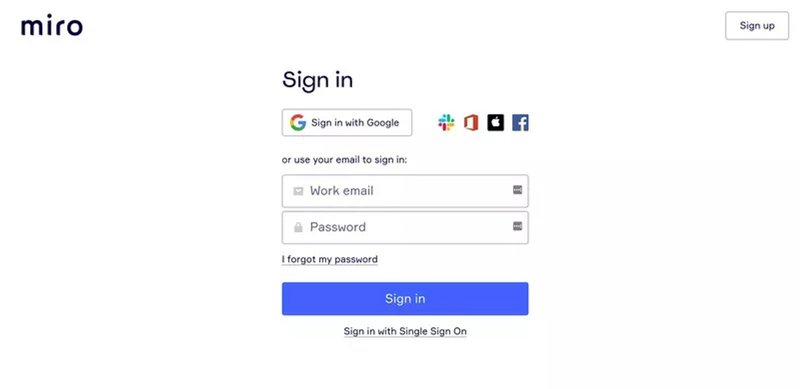
Use a welcome screen to personalize user onboarding from the start
First impressions go a long way and the welcome screen is your chance to leave that lasting first impression on your users. A well-designed welcome screen boosts your new user activation and customer satisfaction levels while improving churn and retention rates.
Introduce yourself on this page with a warm and personal greeting message that welcomes customers to your platform. This message sets the tone for what users can expect to achieve with your product.
Next, take advantage of the welcome screen to learn more about your user. Like Postify below, you could ask them who they are or what their goal is with the product.
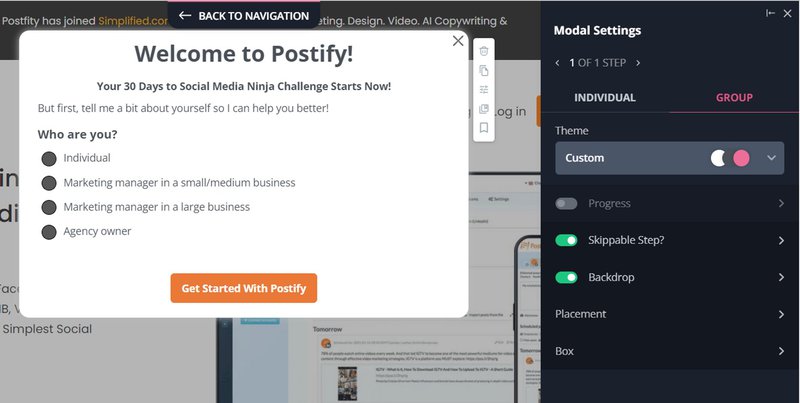
Then, proceed to segment the user based on their response. Such segmentation will help you deliver a personalized onboarding experience that helps them derive value faster from your product.
Engage users right from the start of their journey with onboarding checklists
Onboarding checklists are an excellent tool for engaging users right from the start of their user journey. A checklist ensures the customer engages with the product by guiding them through the onboarding process.
Use the checklist to prompt users to complete the next step in their onboarding. A well-crafted checklist speeds up user activation by encouraging feature adoption and highlighting the core elements of your product.
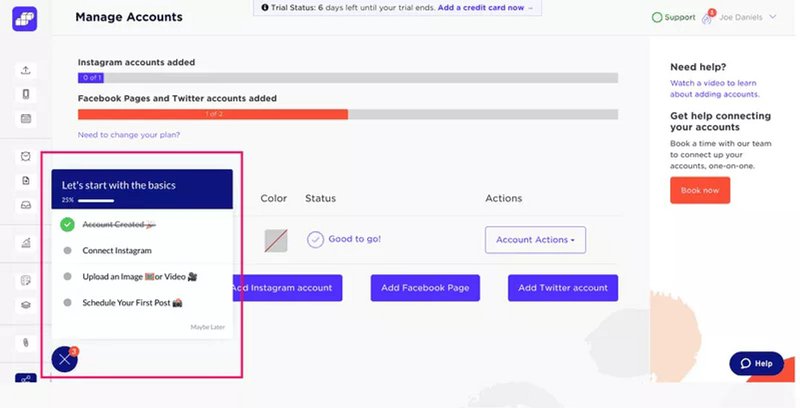
Provide new customers with educational materials
The best way to fully engage your customers is by educating them. Customer education keeps users informed about the product and how they can extract maximum value from it. It streamlines the user journey, boosts retention and reduces support costs.
Empower your users to learn more about your product and troubleshoot their issues with a self-service portal. This is a resource center with different kinds of educational materials designed to help users get their jobs done.
For instance, you can combine regular how-to content with FAQs for specific questions, video tutorials for those who will rather see than read, infographics, user guides, etc.
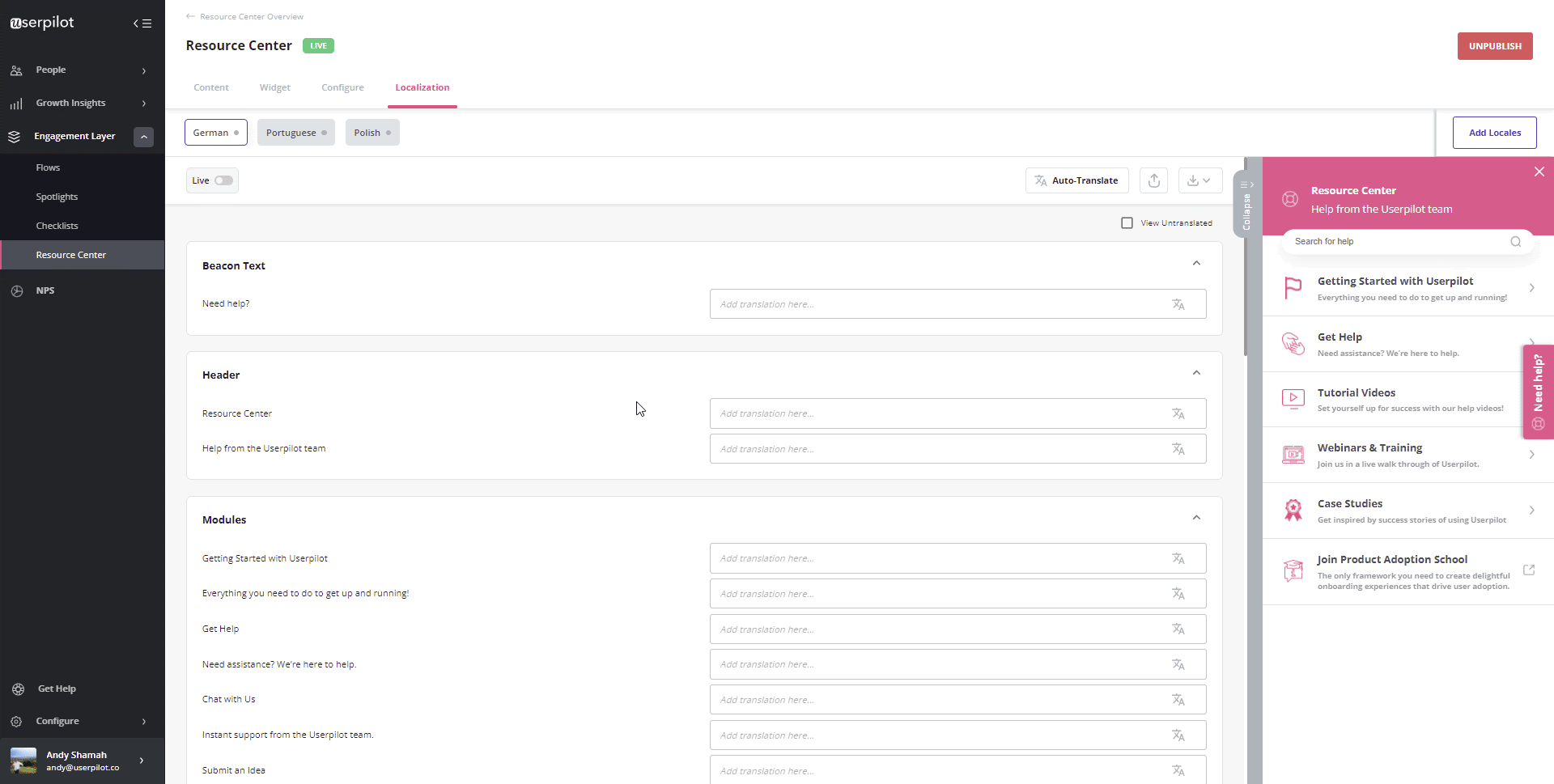
Embedding the help center in-app ensures users can get all of the support they need without leaving your product; thus, minimizing friction.
Provide additional value with webinar invites
Supercharge your customer education using webinars. Webinars bring you closer to the customer base by providing a platform for you to be seen and to hear from them directly.
Use live webinars as opportunities to teach users vital skills like how to use your product or how to tackle a major industry challenge (with help from your product).
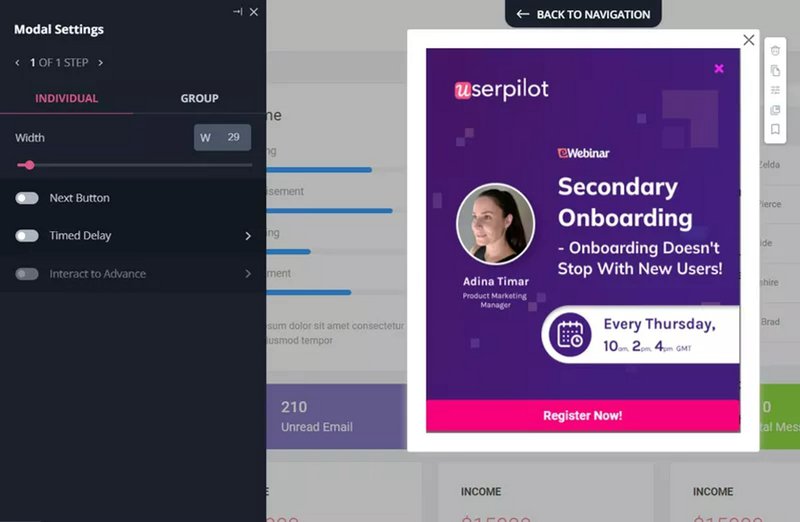
Announce new features in-app
What’s more important than new feature releases? Having all your users know and adopt new features!
Drive engagement by announcing new releases to both active (in-app) and churned users (via email). Your new feature announcement should clearly feature benefits to users. It should also have a clear CTA.
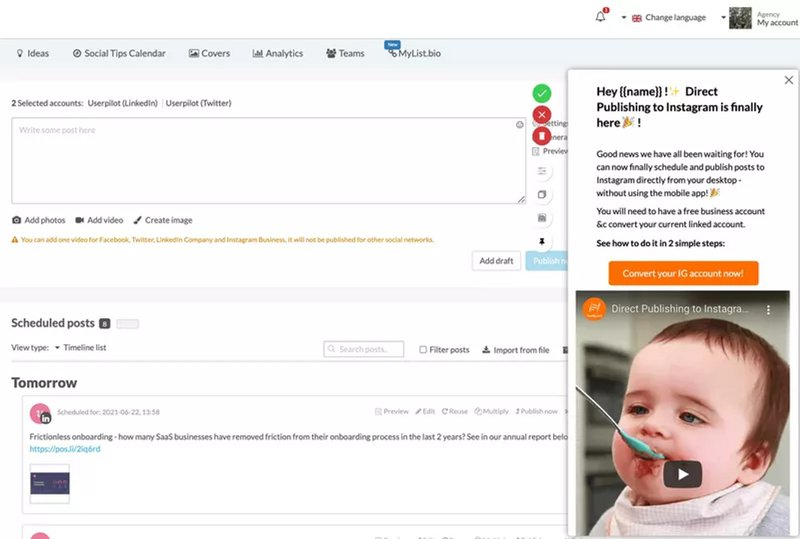
Announce new features on multiple channels (in-app, emails, press releases, etc.) to ensure it reaches a large audience and feeds into your marketing funnel.
Collect data to improve engagement
Testing shouldn’t be a one-time affair. Always collect data to ensure you’re on the right path. This includes both quantitative and qualitative data.
For instance, you may try to gauge customer loyalty or satisfaction using NPS or CSAT surveys. You can then back up the quantitative data from those surveys with follow-up questions that provide qualitative data.
You can even design the follow-up question to change based on the answer to the primary question. And, you can do all of this code-free with Userpilot.
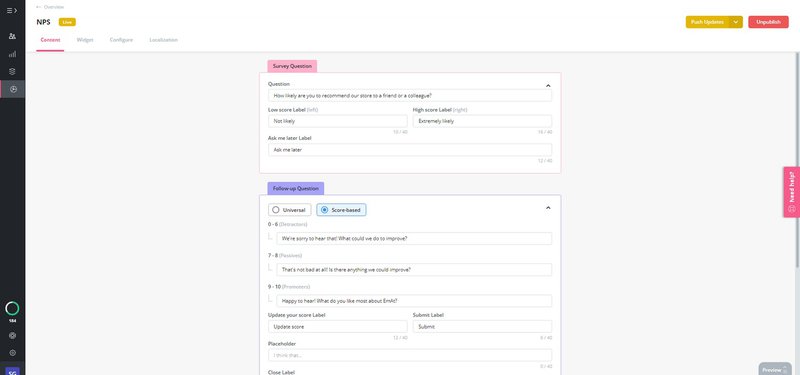
How to create an effective engagement funnel for your SaaS with Userpilot
You do not need any complex technical knowledge to begin implementing a robust engagement strategy. Userpilot gives you all the tools needed for collecting user data and engaging users.
Take advantage of various UI elements
Choose from a multitude of UI elements to engage users differently. Use tooltips to drive feature discovery, modals for in-app announcements, slideouts for invites, and driven actions to get users to take prompt action.

You can also create checklists and resource centers to aid new user onboarding and implement a progressive onboarding experience.
Collect user feedback with in-app surveys
Userpilot lets you create a variety of in-app surveys for collecting user feedback and gauging customer satisfaction or loyalty. Format your survey according to its purpose, view responses in one dashboard, and analyze responses for insights.
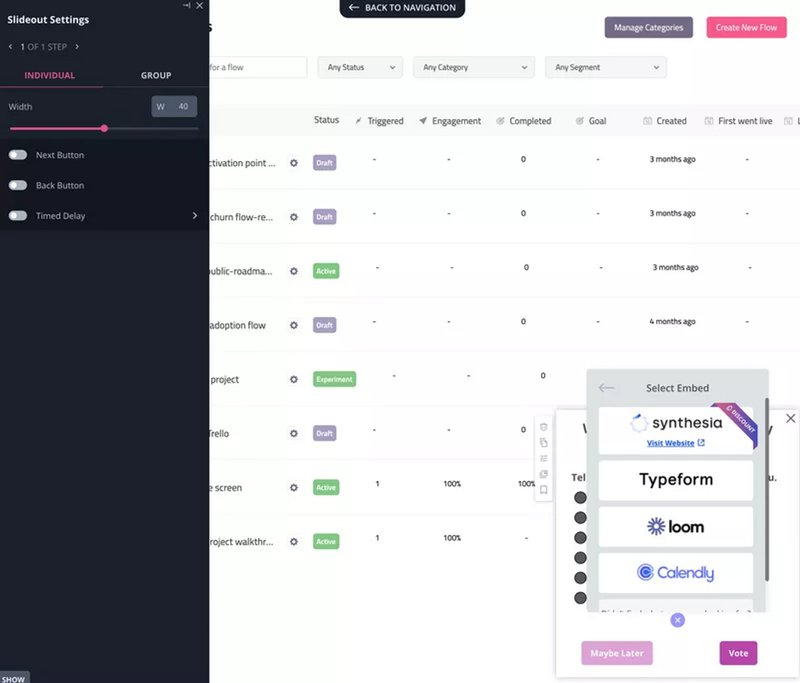
Measure customer engagement with in-app analytics
Go beyond user responses to view their actions directly. Tag different pages or features and monitor how customers interact with them. Identify drop-offs in engagement or under-engaged features/pages and proactively work to improve them.
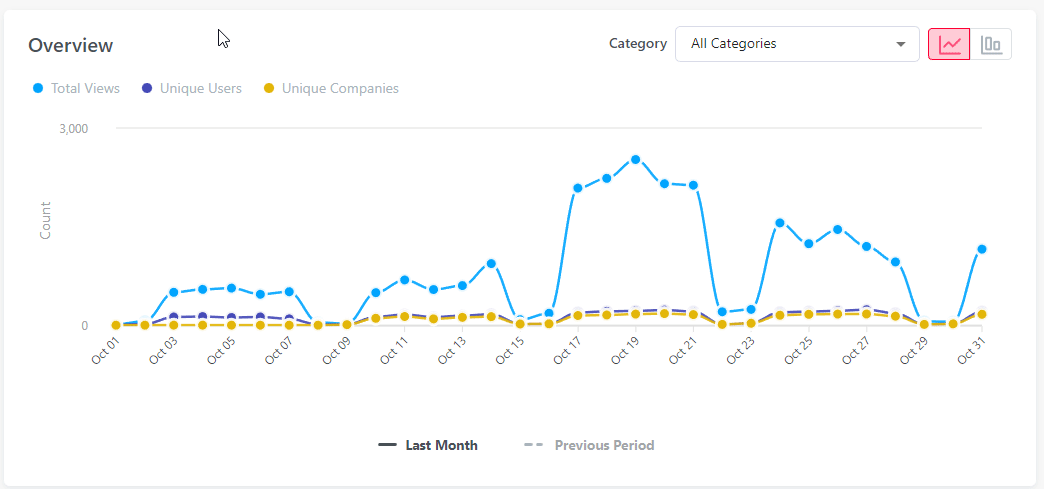
Conclusion
User engagement may not be a new concept, but it remains highly neglected by marketing experts. An engagement funnel provides practical solutions to the challenges faced by more traditional funnels and is key to any customer-oriented marketing.
Ready to learn more about how Userpilot boosts customer engagement and sets you on the path to customer success? Book a demo today.






